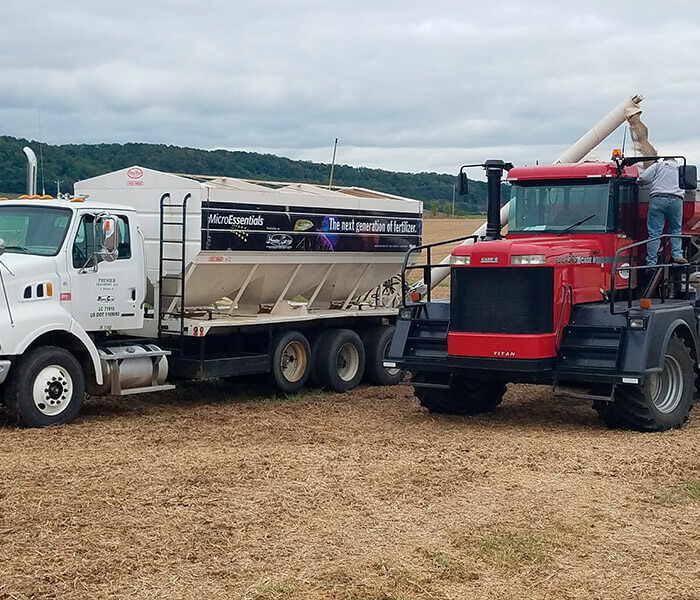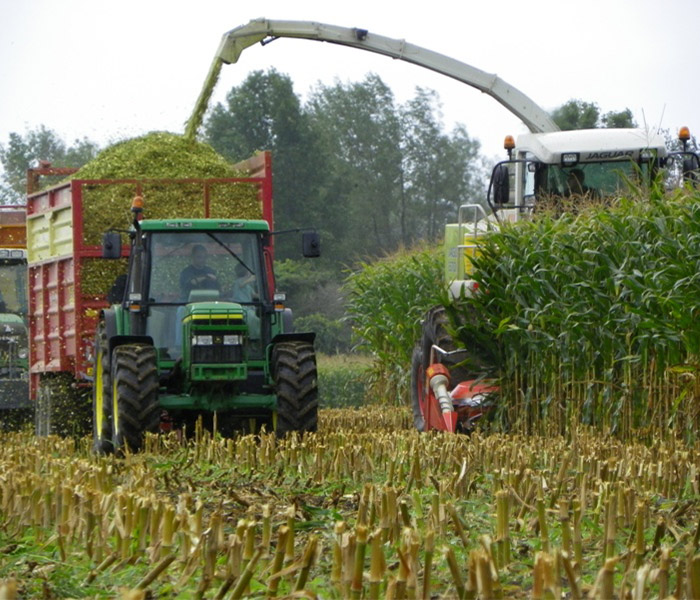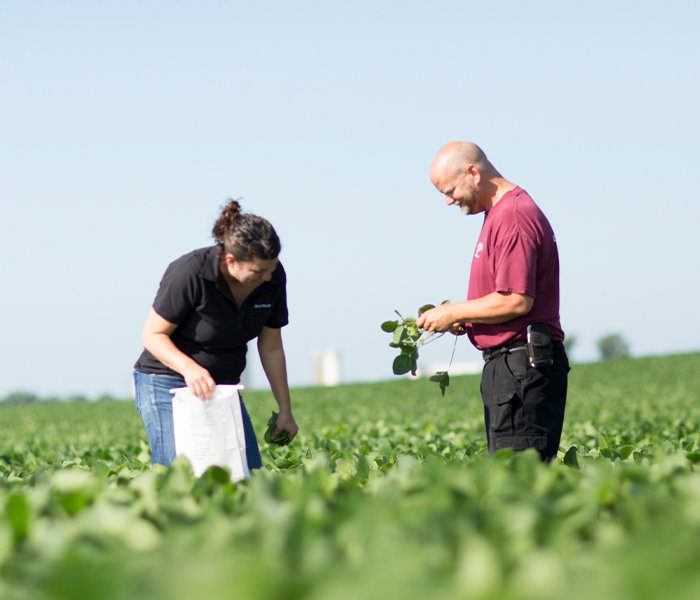Set your silage harvest up for success.
I don’t know about where you live but in my area in the SW corner of WI a majority of the corn tasseled on or near the July 7-11
th this year. Easy rule of thumb is the corn is close to ready or ready to be chopped for corn silage 45 days after tasseling. That means some people could be chopping corn silage around August 18. Yes, weather has a big impact on the time of harvest time. A week ago, I’d say it’d be earlier due to drought conditions and now with rains it may mature normally. The good news is we don’t have to guess about this.
On many operations, corn silage is the largest portion of livestock's final diet. Taking the time to make sure it's harvested properly is vital to the next year's profitability and overall success. We get 1 shot to get it right for the cows, and double checking a few things can make all the difference.
- Are you happy with the corn silage you harvested last year. Is the length of chop where you want it? Length of corn silage has been a moving target the last 4 to 5 years. For example, 5 years ago we wanted the TLC to be ¾” – 1” in length if it’s done as shreadlage (common processing method). Now the recommendations on TLC have been shortened to ½” – ¾”. Some of this is based on how much hay/haylage/commodities. The reason for the change in recommendation is that the longer length resulted in too many undigested stover particles passing through the manure. The other piece to that thought process is to shorten corn silage and lengthen hay/haylage.
- Is it processed well enough? Did you run a Kernel Processing Score (KPS) test on your corn silage this year to see where your kernel processing score is? This is very easily checked and rapid results are available.
- How is the moisture of the crop from last year? Too wet, too dry? We should always error on the wet side for corn silage (opposite in haylage). Digestibility in corn silage is directly correlated to moisture. Simply put - as moisture drops and crop matures the digestibility is rapidly reduced.
- How is the pack (density)? There is the 800# rule in packing silage – for every ton of silage chopped per hour you need 800#’s of weight on the packing tractor. In a perfect world, there is a blade tractor and a packing tractor (the more the merrier).
- Start harvesting your corn silage at 70% whole plant moisture for bunkers and piles or as wet as your storage type allows without run off. The grain tends to mature and dry down before the stalk dies. Starting your harvest at highest moisture tolerable helps preserve starch and NDF digestibility. As previously mentioned, NDFd or digestibility of the corn silage will be higher at higher moisture.
- How tight do we need to set the processor rolls? Range is 1 – 3 ml and the tighter the better. At 1 ml the chopper operator will cuss like a sailor, and nutritionist will praise you. On the contrary, at 3ml the chopper operator will love how fast he can go, the cows will underperform, and the nutritionist will complain for the next year.
- What chopper is the best for corn silage? The quick answer is any of them. We've done several field studies with 100’s of choppers and every time we do these, we see every brand at the top end of the performers and every brand in the bottom end of performers. It all depends on the operator. Refer to the 1ml versus 3ml roll comment in #6.
- How should I cover it? The most important thing here is when, and it should be immediately! When chopper stops and last load is on the pile, the pack tractor and blade tractor should run another hour and then cover. There are lots of products, plastics, films, top treatments etc etc and these are all a waste if you don’t cover it immediately. Our field studies show that an oxygen barrier film and an additional top cover plastic is the best. Sidewall tires should touch and cover every spot one will fit.
Quick Summary:
- Test whole plant moisture early, 35 – 40 days after tassel.
- Chop when whole plant moisture is 63-70%, final blend being 66-68% moisture.
- Chopper ready with TLC and rolls set for proper KPS.
- Quick field test- Grab a 32oz cup of chopped corn silage, there should be no whole kernels. Most kernels being 1/8 – ¼ pieces
- Have pack tractors and people ready to cover immediately when finished.
- Plan for a 4 month carry over of corn silage if meeting all the recommendations.
Any of our Premier Nutritionists could help troubleshoot any of these and aid in planning to assure the proper moisture, KPS and length to achieve desired product. We are always be willing to share and review the field study info we have on packing and densities to help determine the proper weight needed. All of these items in unison will help achieve the highest quality corn silage for the next year.

Brian Reilly
Feed Sales Manager



